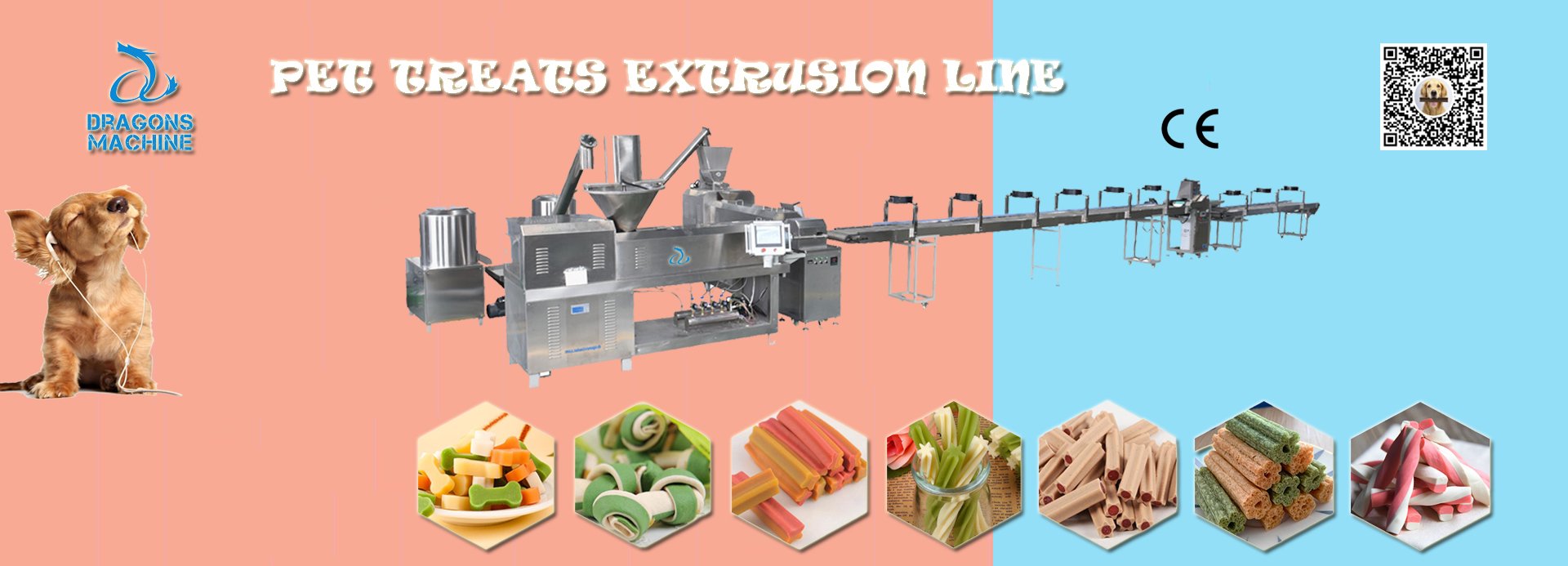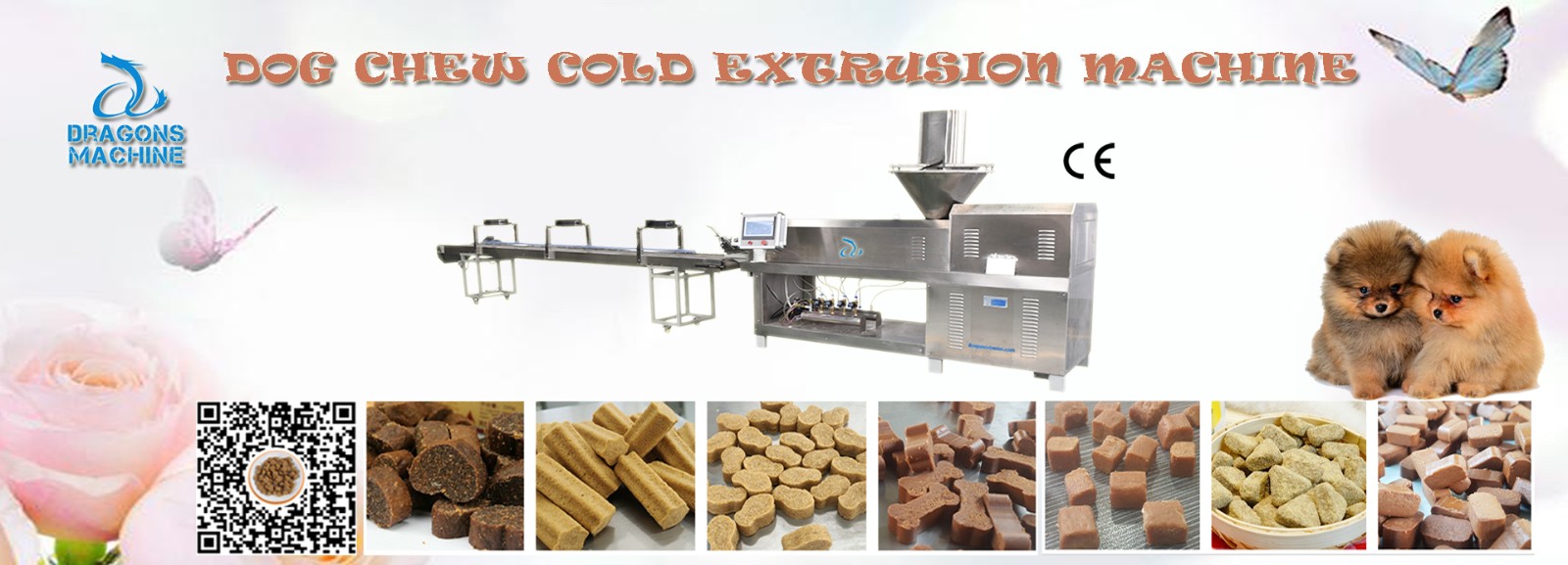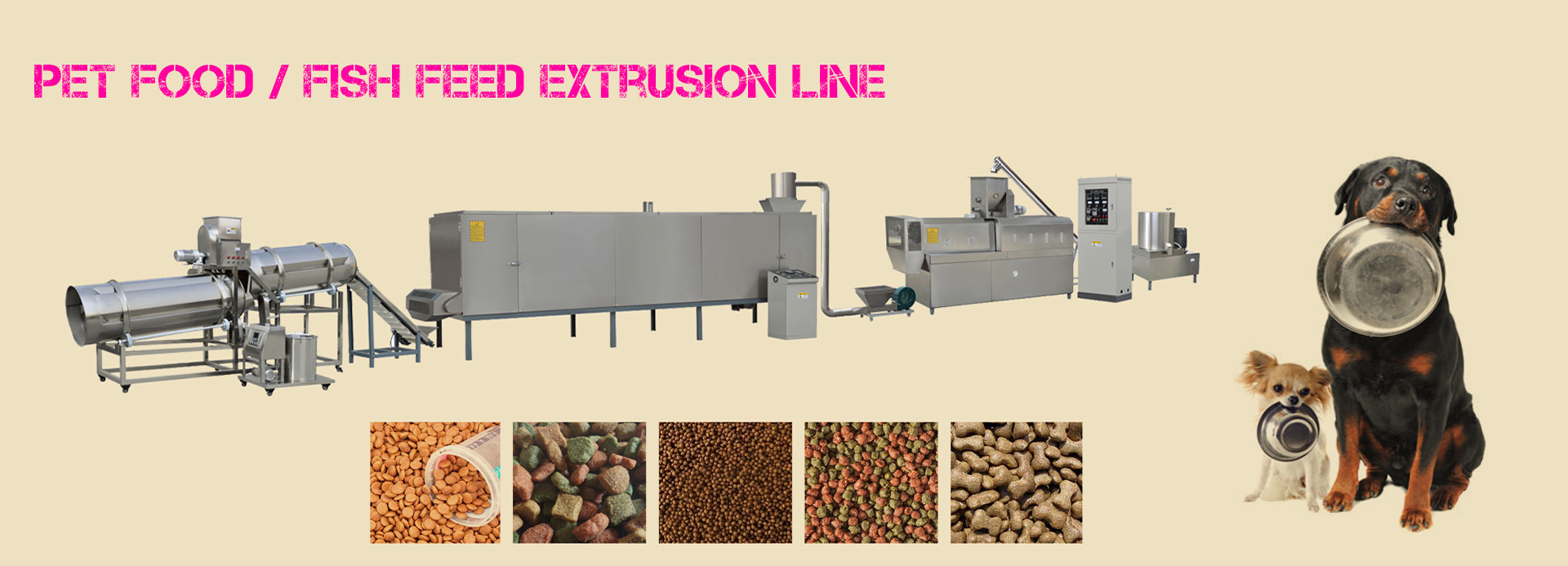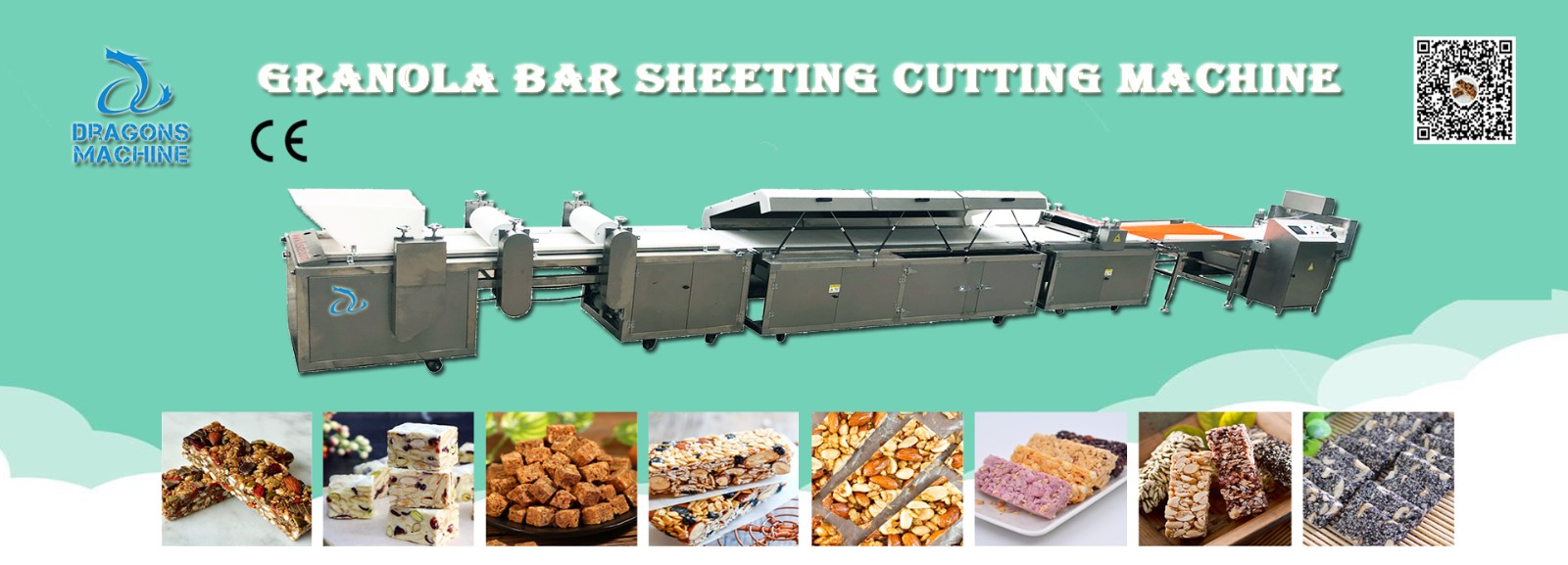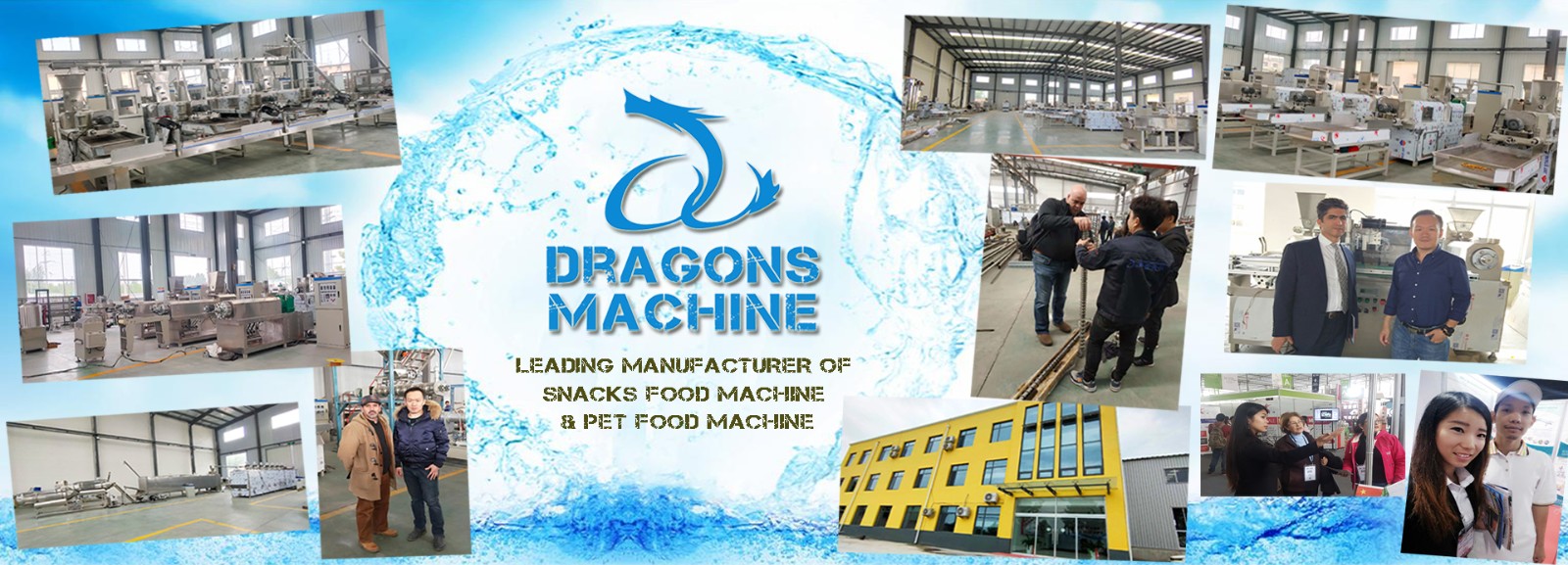Cat litter, a crucial component of pet care, plays a significant role in maintaining the cleanliness and hygiene of a cat owner's home. A cat litter production line is a series of machines that are used to produce cat litter. The specific machines that are used in the production line will vary depending on the type of cat litter that is being produced, but the basic process is the same for all types of cat litter. In this article, we will explore the process of making cat litter through a production line and the considerations that come with it.
Cat Litter Production Line Overview
A cat litter production line is a series of machinery and equipment designed to create cat litter from raw materials. These production lines are typically used by manufacturers to produce cat litter on a large scale. However, the same principles can be applied on a smaller scale for personal use or small-scale commercial production.
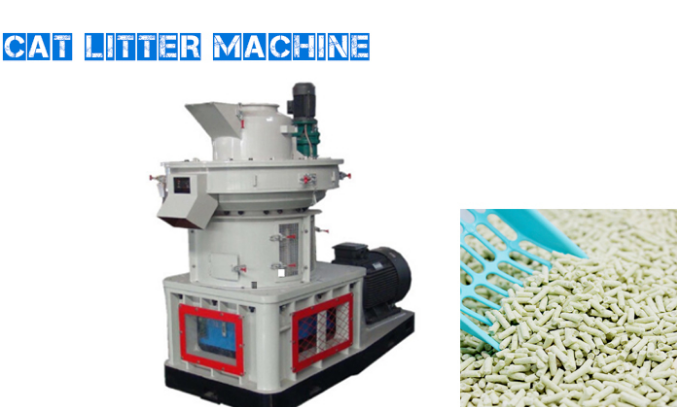
Cat Litter Production Line
Key Components of a Cat Litter Production Line
1. Raw Material Handling:
The process begins with the selection and handling of raw materials. Common cat litter materials include clay, silica gel, and natural materials like wood, paper, or corn.
2. Mixing and Agitation:
The raw materials are mixed with water or other binding agents to form a dough-like mixture. This mixture is then agitated to ensure even distribution of moisture and additives.
3. Shaping and Forming:
The agitated mixture is shaped into granules or pellets. The shape and size of the granules can vary based on the desired characteristics of the cat litter.
4. Drying:
The formed granules are dried to remove excess moisture, making the cat litter ready for use.
5. Sifting and Sorting:
The dried cat litter is sifted and sorted to remove any undersized or oversized granules and to ensure consistent product quality.
6. Fragrance and Additives:
Fragrances or other additives may be incorporated at this stage to enhance the cat litter's odor control or clumping properties.
7. Packaging:
The final cat litter product is packaged into bags or containers for distribution and sale.
A cat litter production line is a series of machines that are used to produce cat litter. The specific machines that are used in the production line will vary depending on the type of cat litter that is being produced, but the basic process is the same for all types of cat litter.
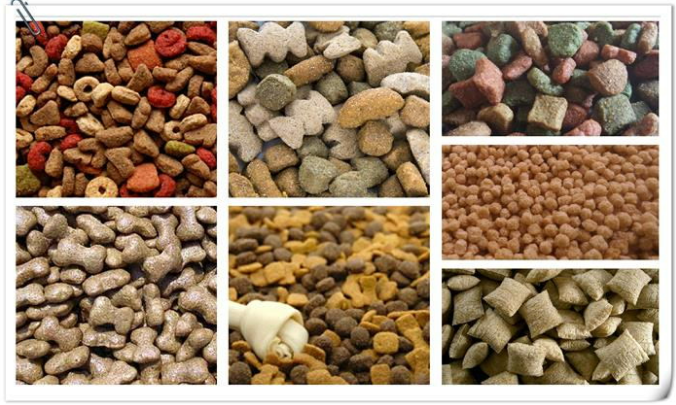
Here is a more detailed overview of the different machines that are typically used in a cat litter production line:
Hammer mill: The hammer mill is used to crush the raw materials into a fine powder.
Mixer: The mixer is used to mix the raw materials together.
Pellet mill: The pellet mill is used to form the raw materials into pellets.
Dryer: The dryer is used to dry the pellets.
Screener: The screener is used to remove any dust or debris from the pellets.
Packaging machine: The packaging machine is used to package the pellets into bags or other containers.
Cat litter production lines can be either manual or automated. Manual production lines require more labor, but they are less expensive to set up and operate. Automated production lines are more expensive to set up and operate, but they can produce cat litter more efficiently and with less labor.
Considerations for Making Cat Litter
Before deciding to make cat litter through a production line or at home, several important considerations should be taken into account:
1. Raw Material Selection: The choice of raw material will significantly impact the characteristics and performance of the cat litter. Different materials have varying levels of odor control, clumping ability, and dustiness.
2. Health and Safety: Ensure that the chosen raw material and any additives used are safe for your cat's health. Some materials can pose health risks when ingested or inhaled.
3. Environmental Impact: Consider the environmental impact of the chosen raw material. Some materials, such as natural wood-based litters, are biodegradable and eco-friendly.
4. Cost and Efficiency: Calculate the cost of producing cat litter and compare it to commercially available options. Determine if the cost savings are significant enough to justify the effort.
5. Storage: Consider where and how you will store the raw materials and the finished cat litter. Proper storage is essential for maintaining product quality.
6. Quality Control: If producing cat litter for commercial purposes, implement quality control measures to ensure product consistency and safety.
7. Testing: If making cat litter for personal use, conduct tests to ensure it meets your cat's needs and preferences. Cats can be particular about the texture and scent of their litter.
Conclusion
Whether you're considering a large-scale cat litter production line, the choice of raw material, health and safety considerations, and product quality are paramount. Producing cat litter offers the potential for customization, cost savings, and reduced environmental impact, but it also requires careful planning and attention to detail. Always prioritize your cat's well-being when making decisions about their care and comfort.
















